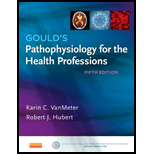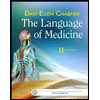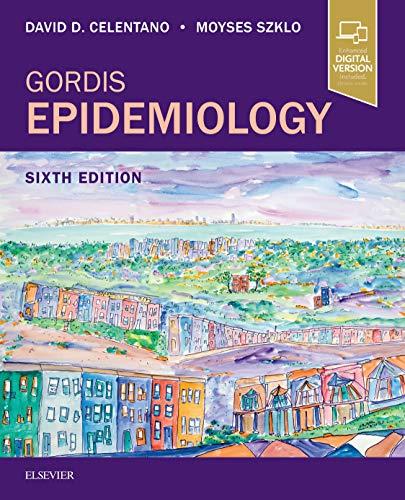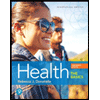
To determine: The factors predisposing to substance abuse.
Concept introduction: The drug abuse, also called the substance abuse is defined as the intake of drugs that are illegal. The psychoactive drugs are the chemical substances that alter the functions of brain. In humans, these drugs can stimulate and induce physiological dependence, psychological dependence, and tolerance.
Explanation of Solution
The predisposing factors to drug abuse focuses mainly on personality defects, psychological imbalances, biologic abnormalities, dysfunctional interpersonal relationships or a combinations of these factor.
The predisposing factors that contribute to substance abuse are as follows:
- Genetics or heredity
The genetic influence is one of the main factors that contribute to the substance abuse. The brain and body responds to a specific drug that is determined by inherited traits (encoded by genes). These traits will either increase or decrease the development of diseases.
- Family systems and practices
The drug abuse has increased due to the family breakdown and several economic factors such as unemployment and homelessness.
- Disease
Most of the diseases are treated using drugs. If there involves a continuous exposure to a drug, it can contribute to drug abuse.
- Ready availability of drugs
The accessibility or availability of drugs is one of the main factors that contribute to an increase in the substance abuse.
- Stress
The high level of stress and poor moods that last for a longer time period can lead to a substance abuse.
- Usage of antianxiety agents
Anxiolytics drugs, also called antianxiety drugs, are the depressants used to slow down the functions of brain in order to reduce anxiety and tension. The increased usage of these drugs can ultimately cause drug abuse.
- Increased acceptance of alcohol or marijuana
The increased acceptance of marijuana (psychoactive drug) and alcohol, both recreationally and medicinally in all age groups may raise the sedative effects of drugs (benzodiazepines, barbiturates, and opiates).
Want to see more full solutions like this?
Chapter 27 Solutions
Gould's Pathophysiology for the Health Professions, 5e
 The Language of Medicine, 11eHealth & NutritionISBN:9780323370813Author:Davi-Ellen Chabner BA MATPublisher:Saunders
The Language of Medicine, 11eHealth & NutritionISBN:9780323370813Author:Davi-Ellen Chabner BA MATPublisher:Saunders Gordis EpidemiologyHealth & NutritionISBN:9780323552295Author:David D. Celentano, Moyses SzkloPublisher:ELSEVIER
Gordis EpidemiologyHealth & NutritionISBN:9780323552295Author:David D. Celentano, Moyses SzkloPublisher:ELSEVIER Nutrition Through The Life CycleHealth & NutritionISBN:9781337919333Author:Brown, Judith E.Publisher:Cengage Learning,
Nutrition Through The Life CycleHealth & NutritionISBN:9781337919333Author:Brown, Judith E.Publisher:Cengage Learning, Health: The Basics (13th Edition)Health & NutritionISBN:9780134709680Author:Rebecca J. DonatellePublisher:PEARSON
Health: The Basics (13th Edition)Health & NutritionISBN:9780134709680Author:Rebecca J. DonatellePublisher:PEARSON Understanding Nutrition (MindTap Course List)Health & NutritionISBN:9781337392693Author:Eleanor Noss Whitney, Sharon Rady RolfesPublisher:Cengage Learning
Understanding Nutrition (MindTap Course List)Health & NutritionISBN:9781337392693Author:Eleanor Noss Whitney, Sharon Rady RolfesPublisher:Cengage Learning Introduction To Health PhysicsHealth & NutritionISBN:9780071835275Author:Johnson, Thomas E. (thomas Edward), Cember, Herman.Publisher:Mcgraw-hill Education,
Introduction To Health PhysicsHealth & NutritionISBN:9780071835275Author:Johnson, Thomas E. (thomas Edward), Cember, Herman.Publisher:Mcgraw-hill Education,





